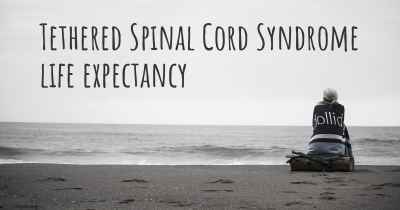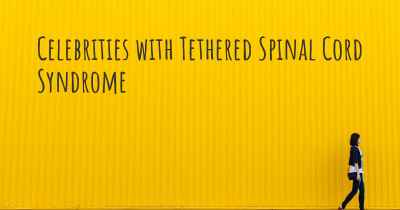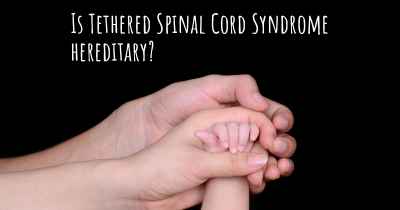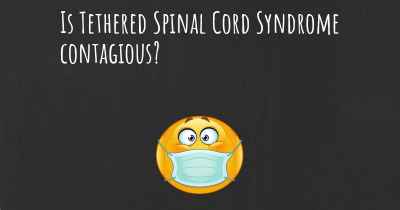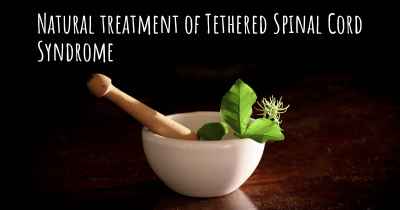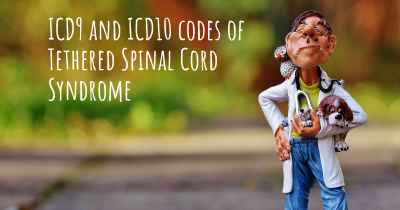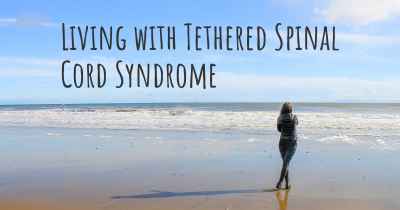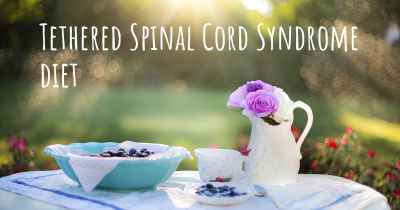What are the best treatments for Tethered Spinal Cord Syndrome?
See the best treatments for Tethered Spinal Cord Syndrome here
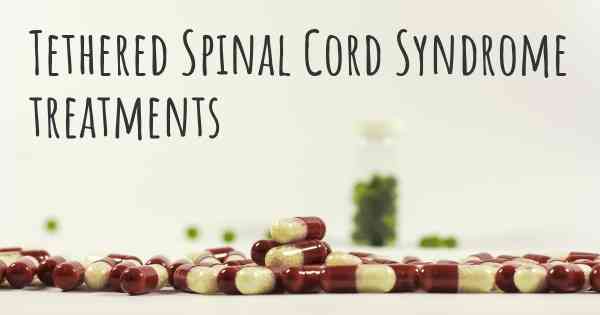
Treatments for Tethered Spinal Cord Syndrome
Tethered Spinal Cord Syndrome (TSCS) is a condition where the spinal cord is abnormally attached to the surrounding tissues, restricting its movement. This can lead to a variety of symptoms such as back pain, leg weakness, bladder and bowel dysfunction, and even neurological deficits. Fortunately, there are several effective treatments available for TSCS that can help alleviate symptoms and improve quality of life.
1. Surgical Intervention
Surgery is the primary treatment for Tethered Spinal Cord Syndrome. The goal of surgery is to release the tension on the spinal cord and restore its normal mobility. The specific surgical technique used depends on the underlying cause of TSCS. In some cases, a simple detethering procedure may be sufficient, while in others, additional procedures such as laminectomy or spinal fusion may be necessary. The success rate of surgery in relieving symptoms is generally high, with many patients experiencing significant improvement.
2. Physical Therapy
Physical therapy plays a crucial role in the treatment of TSCS. It focuses on strengthening the muscles, improving flexibility, and enhancing overall mobility. Physical therapists can design personalized exercise programs to address specific symptoms and help patients regain function. Additionally, they may use techniques such as manual therapy, stretching, and electrical stimulation to alleviate pain and improve muscle control. Regular physical therapy sessions can greatly contribute to the overall success of treatment.
3. Pain Management
Pain management is an important aspect of treating Tethered Spinal Cord Syndrome, as many patients experience chronic pain. Medications such as nonsteroidal anti-inflammatory drugs (NSAIDs), muscle relaxants, and neuropathic pain medications may be prescribed to help manage pain. In some cases, nerve blocks or epidural injections may be recommended to provide targeted pain relief. It is essential to work closely with a pain management specialist to find the most effective approach for each individual.
4. Assistive Devices
In certain cases, the use of assistive devices can greatly improve mobility and independence for individuals with TSCS. Devices such as braces, crutches, or walkers can provide support and stability, especially for those with leg weakness or balance issues. Assistive devices should be prescribed and fitted by a healthcare professional to ensure proper usage and maximum benefit.
5. Ongoing Monitoring and Follow-up
After treatment, it is important to have ongoing monitoring and follow-up appointments with healthcare providers. Regular check-ups allow for the evaluation of treatment effectiveness, identification of any potential complications, and adjustment of the treatment plan if necessary. It is crucial to communicate any new or worsening symptoms to the healthcare team to ensure appropriate management.
In conclusion, Tethered Spinal Cord Syndrome can significantly impact an individual's quality of life, but with the right treatments, symptoms can be effectively managed. Surgical intervention, physical therapy, pain management, the use of assistive devices, and ongoing monitoring are key components of a comprehensive treatment plan. By addressing the underlying cause and providing symptom relief, individuals with TSCS can experience improved function and a better overall prognosis.
Posted Sep 14, 2017 by Alison 2000
